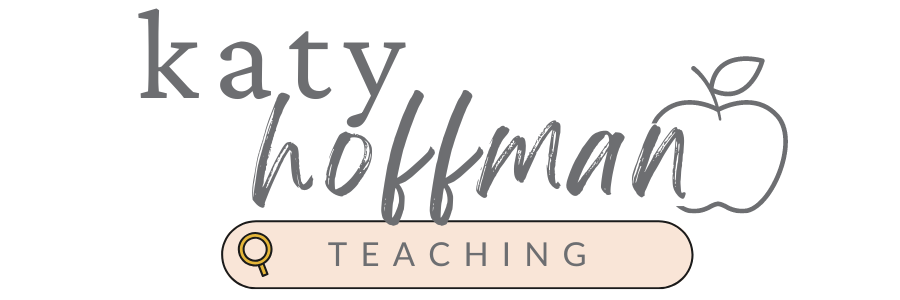Unlocking Attention: Strategies to Engage Distracted Students in Class
At some point in the school year, even with the best classroom management techniques, teachers will deal with distracted students who struggle with listening. This can be a major problem when it comes to following directions correctly and academic learning. According to Education Weekly, digital devices are the top distraction, and if you teach elementary, like myself, we are fortunate that this doesn’t affect us as much.
The most important thing you can do when this occurs is to respond quickly by making a plan or recommitting to expectations, and implement.

Why are your students not listening?
It could be the fact that you have become a little carefree in staying firm, fair, and consistent with your routines and procedures that you set at the beginning of the year. If that is the case, just take a few days to a week to reteach and practice.
Another possible cause could be that you are feeling teacher burn-out. When stress adds up, and I’m here to tell you that it does add up pretty quickly…having the energy to keep up with classroom demands, like classroom management, can be challenging. If this sounds like something you are experiencing, take some time to look at your life outside of the classroom.
For me, working mom life is causing a lot of added stress. So I realized that on the weekends I need to unplug from social media, prioritize rest, connect with family, and clean my house and get organized before the next week. Controlling what I can control is my mantra. haha.
Then I only focus on improving one area in my classroom at a time. This allows me to avoid overwhelm and actually produces quicker results.

Tips for helping distracted students before giving directions
There is nothing, besides blurting, that gets under my skin more than students who start to get to work before giving the full set of instructions. I have a few Kindergartners who are notorious for standing up before I’m even done explaining. Here’s how to combat this:
- Call them out. You don’t have to be disrespectful when doing this. Just give a reminder that you are not finished yet. Something like, “Uh-oh! I’m not finished explaining yet. Please keep your pockets on the floor until I am finished.” Here is where the magic lies. Make sure you explain WHY they need to wait to move. “If you get started before I’m done explaining the directions you won’t have all the pieces to the puzzle, and you won’t know what to do. I want you to be successful, and now I have to start all over so everyone has all the pieces to the puzzle.”
- Give them a magic word. I don’t let my students leave the carpet or their desks to begin following the directions I’ve just explained until I say the magic words, “off you go.” They will even remind me if I forget. It’s brilliant.
- Let them repeat the directions. I have my students turn and talk with a partner before heading off. It’s surprising how many of them have no clue what I just said, but they hear it from me, a partner, and they say they directions themselves, and it does help.

How to help distracted students listen during instruction
The main cause of a distracted student is just a lack of engagement. Now, if you’ve been around a while, you know that I’m all about simplifying. So no, you do not need to have an elaborate lesson every single day. What you do need is a set of engagement tools that you can pull of of your back pocket when you start to notice students disengaging.
Here are a few tips to help you get started:
- Avoid teaching students at their desks. This increases the chance that they will get distracted by the stuff inside or on top of their desk space.
- Allow for movement opportunities. With Kindergarten and 1st grade, I love teaching small bits of instruction in chunks. We have a quick lesson, then move to our desks to practice a worksheet. If we have two sections of instruction at the carpet, I break it up with a fast brain break. When I taught 3rd grade, we did portions at the carpet and our desks. The small transitions broke things up and allowed for movement.
- Re-engage before delivering instruction. If you can see students are starting to play with their laces, or look around the room, do a quick engagement reminder. “Remember, eyes are watching, ears are listening, hands are to ourselves, voices are off, and we show we care.” If this doesn’t work, do a quick brain break and get back to it. Don’t move on until everyone is ready to engage.
- Read the room. You have to get really good at reading the room and delivering what your students need. Do they need to stand up and do some examples while standing, do they need a turn and talk, do they need a brain break…
There you have it! I hope you were able to find one nugget that can help you combat distracted students wherever you are at in your classroom management journey this school year.
